S(caps)eptember marks the beginning of fall, and there are still a few plants that we can can grow this month and harvest before the first frost in most gardening zones. Many vegetables, aromatic herbs and flowers can be planted in September, including hardy annuals flowers like calendula "pot marigold" which will bloom a couple of weeks earlier than those from a spring sowing. In the vegetable patch, crops like garlic, broccoli, cauliflower, radish, spinach, lettuce and broad beans can be planted now.
Table of contents
(toc)
What to plant in September?
Listed below are vegetables, aromatic herbs, and flowers varieties that are great to start planting in September.
You can try these vegetables below, and you can still take advantage of your garden this fall.
Garlic
In areas that get a hard frost, plant garlic as early as 6 to 8 weeks before the first fall frost date, before the ground freezes, the timing may vary with local climate! Garlic can be planted in the spring but fall planting is recommended for most gardeners.
Plant garlic cloves in the fall, and you’ll find that your bulbs are bigger and more flavorful when you harvest the next summer!
Want to read: 🔗 How to Grow Garlic
 Watch My Garlic Growing Playlist
Watch My Garlic Growing Playlist A big list of good garlic to choose From and begin growing your own organic garlic
Radishes
Radishes are one of the fastest sprouters in the garden, and easy to grow. They are fast-growing and are ready to harvest in about four weeks from sowing. The key to successfully growing a great radish is to plant when the weather is cool, to not plant too close together and to harvest promptly before the roots get woody and bitter!
(ads1)
Radishes are a quick and easy vegetable to grow. Plant in the fall and you can have them ready in 30 days!
Want to read: 🔗 How to Grow Radishes
 Watch How to Harvest Radishes
Watch How to Harvest Radishes 🛒 Radishes Seeds for Planting
Lettuce
Lettuces are easy to grow and thrive in the cool temperatures of fall. You can sow lettuce late summer for a fall crop. Be sure to grow fast maturing varieties.
Want to read: 🔗 How To Grow Romaine Lettuce
🛒 Lettuce & Salad Greens Seed Vault (8 Variety)
Cauliflower
Cauliflower is a cool-season crop in the cole family {Brassica oleracea}, which includes broccoli, Brussels sprouts, cauliflower, collards, kale, and kohlrabi. This plant is a temperamental one, requiring careful maintenance and care to yield a delicious product. Cauliflowers have a reputation for being tricky to grow, but with the right growing conditions and care, you can successfully grow your own organic cauliflower at home. The plant grows best in soil that is fertile and soft, so it can hold enough moisture.
CELERY
Celery (Apium graveolens) is a plant in the family Apiaceae that has been cultivated as a vegetable since antiquity. Celery have been cultivated in the Mediterranean region for more than 3,000 years. It is high in Vitamins B1 and B6, vitamin C, calcium, fiber, folic acid, potassium, and antioxidants. Eating celery will reduce high blood pressure risks, relief arthritis pain and suppress cancer cells growth. Celery has a long fibrous stalk tapering into leaves. It has been grown as a food crop for thousands of years. It has also had many other uses dating back to ancient times, including medicine. Celery is a vegetable that is popular with the health conscious. Growing celery can be a challenge, as long as the soil and water requirements are met, you can grow celery so tender and sweet, you will never buy it at the market again! Celery need lots of moisture and fertile soil, as well as some sunshine each day. It does best in cool climates. Celery has a long growing period of around five months, so careful planning with your local weather in mind is essential for a successful harvest.
Want to read:
🔗 How To Grow Celery From Seeds
🔗 How to Grow Celery Indoors
🔗 How to Grow Celery Indoors Video
🛒 Celery Seeds to Grow
Broad Beans "Fava Beans"
Broad Beans are normally sown in the spring from February to April. However, some varieties are particularly hardy and can be sown in autumn (provided that that soil is still reasonably warm). Autumn sowing will give you a head start and an early broad bean harvest!
Want to read:
 Watch My Broad Bean Video Collection
Watch My Broad Bean Video Collection
Wondering if you can grow herbs in the fall?
The answer is yes, you can grow herbs in September, and the fall is a good time of year to plant a herb garden.
(ads2)
You can try these herbs, and you can still take advantage of your garden this fall!
Parsley
Parsley (Petroselinum crispum) is a hardy herb grown for its flavor, which is added to many dishes, as well as its use as a decorative garnish. Parsley is one of the most popular herbs used in cooking. Parsley is a plant with bright green, during the first year, it forms a rosette of tri-pinnate leaves 10-25 cm long with numerous 1-3 cm leaflets, and a taproot used as a food store over the winter. In the second year it grows a flowering stem to 75 cm tall with sparser leaves and flat-topped 3-10 cm diameter umbels with numerous 2 mm diameter yellow to yellowish-green flowers.
The herb is considered a biennial but is treated as an annual in cold climates.
Want to read:
🔗 How To Grow Parsley
🔗 Amazing Benefits of Parsley Seeds
🔗 Harvesting Parsley Seeds
🔗 How to Harvest Parsley Seeds Video
Mint

Mint is a perennial herb grown for its leaves. They are wonderful infused in hot water to make a refreshing tea, chopped and added to many dishes, or used to make mint sauce. Ideally, mint should be planted in the spring, or in the fall if you're in a climate that is frost free.
Want to read:
Cilantro
Cilantro (Coriandrum sativum) is an aromatic herb with savory, deep green leaves that are harvested fresh and used to flavor a variety of dishes. Cilantro is similar to parsley and hailing from the same family "Umbelliferae", the entire plant is edible. The stems, leaves, flowers, seeds, and roots. Cilantro is a cool-season aromatic plant that does best at temperatures between "50 and 85 degrees F". It can tolerate temperatures as low as 10 degrees F, but if temperatures exceed "85 degrees F" the plant will start to bolt. Cilantro won't survive in frosty conditions, and doesn't like extreme heat either.
Want to read:
In order to enjoy spring-flowering bulbs like tulips, daffodils, paperwhites, we gardeners must go ahead and plant them in the fall months. Spring -flowering bulbs are some of the most beloved flowers of all time, blooming throughout the spring months, these special plants produce bright, cheery, and often fragrant flowers signaling the end of winter and the beginning of warmer weather. Unfortunately, once we see beautiful bulbs blooming, it's too late to plant them in the garden. As most spring-blooming bulbs need to experience a cold treatment to bloom, they must be planted in the fall to ensure a spectacular spring show.
Narcissus
Narcissus bulbs bloom in spring and therefore should be planted in the fall. Anytime from August to November is an ideal time for planting, as long as you do so before the first freeze.
Want to read:
Tulips
Growing tulips in pots is an easy way to add a beautiful touch to your patio, or front entryway with beautiful flowers early in the growing season. Tulips can be planted any time from early autumn to early winter.
Want to read
Browse this large range of high quality Tulip bulbs ", and get them in time for the planting season!
September through December is the best time of the year to plant flower bulbs, as most fall plants need a period of chilling over the winter to perform well next coming spring. By planting them in the early fall, you get them off to a good start while the soil is moist from rainfall and before the temperature drops below freezing.
If you want to fill your garden with scent, color and beauty, plant Autumn Bulbs, before the first frost in your area. September is the perfect month for popping your flower bulbs in the ground. Narcissus, Daffodils, tulips, crocus, grape hyacinths and fritillarias are just some of the plants to choose from. Good quality purchased bulbs will normally flower well in their first year! Fall plants are some of the easiest to grow and provide prolific harvests in short amounts of time. So go ahead and grow your favorite plants this fall!
This web site is a participant in the Amazon Services LLC Associates Program, an affiliate advertising program designed to provide a means for sites to earn advertising fees by advertising and linking to amazon. Some of the links to products on this site are affiliate links. These are products that I've used or recommend based from homesteading experience. I do make a small commission (at no extra cost to you) from these sales. (alert-warning)



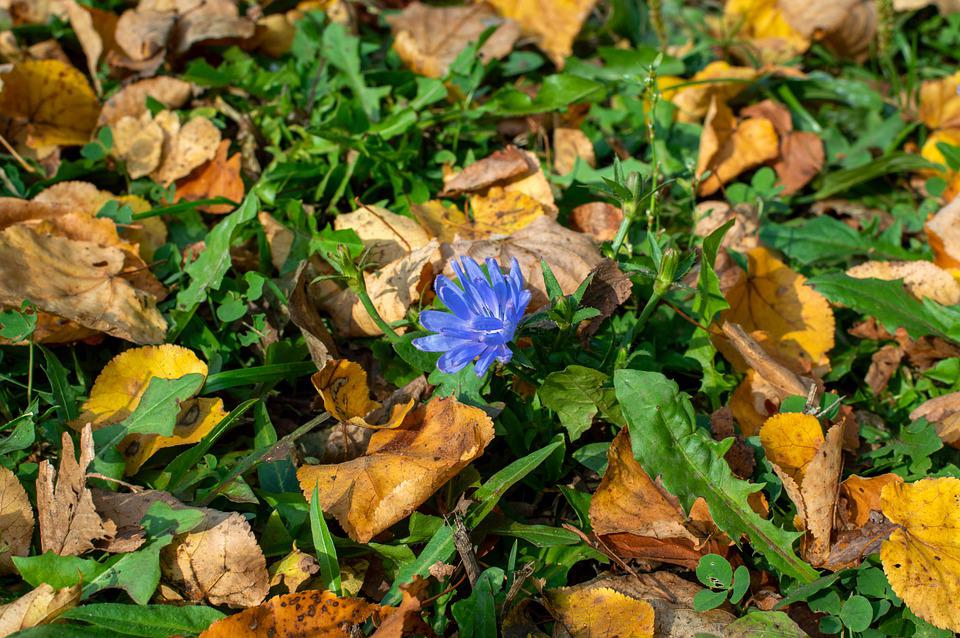



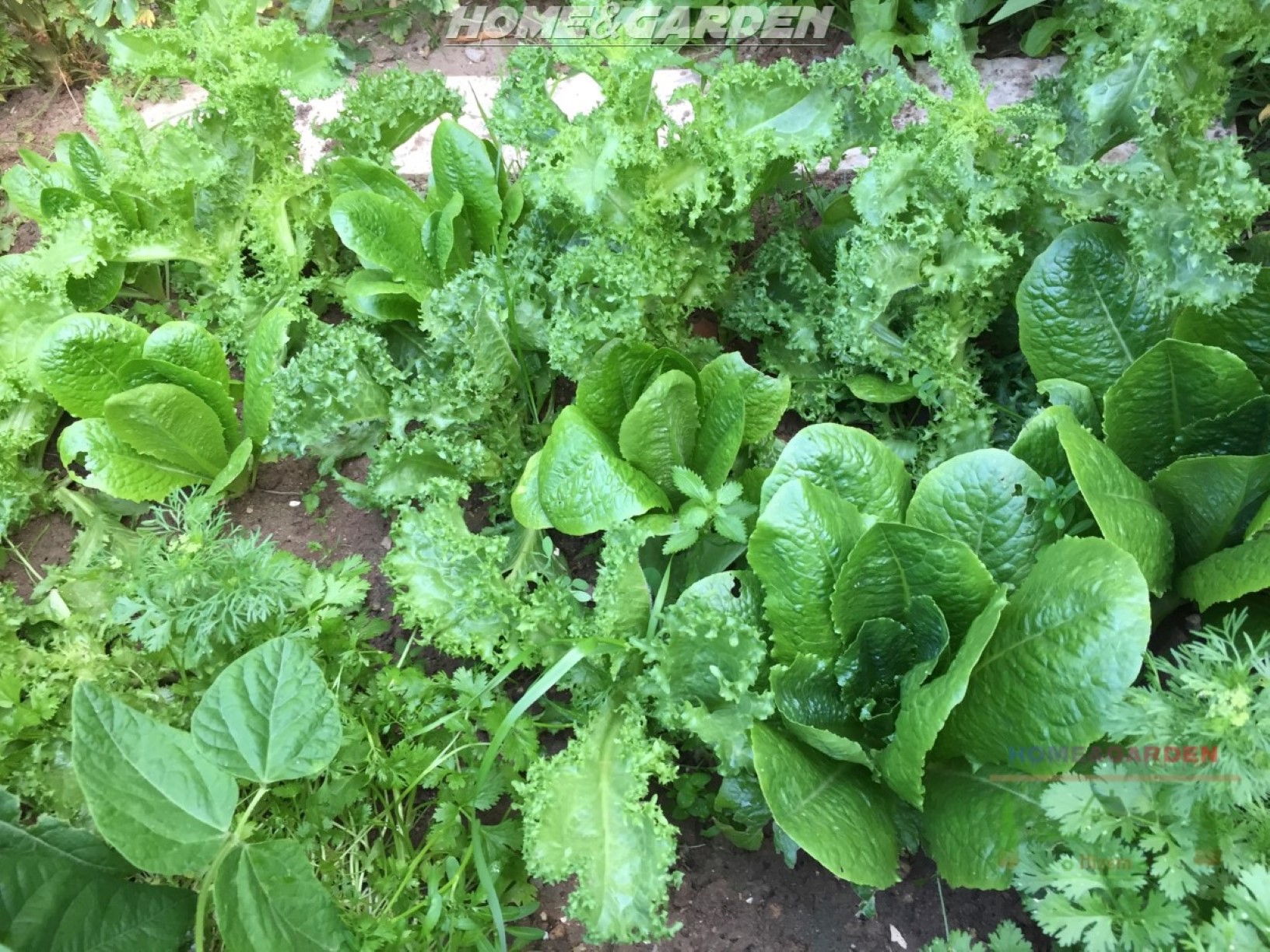


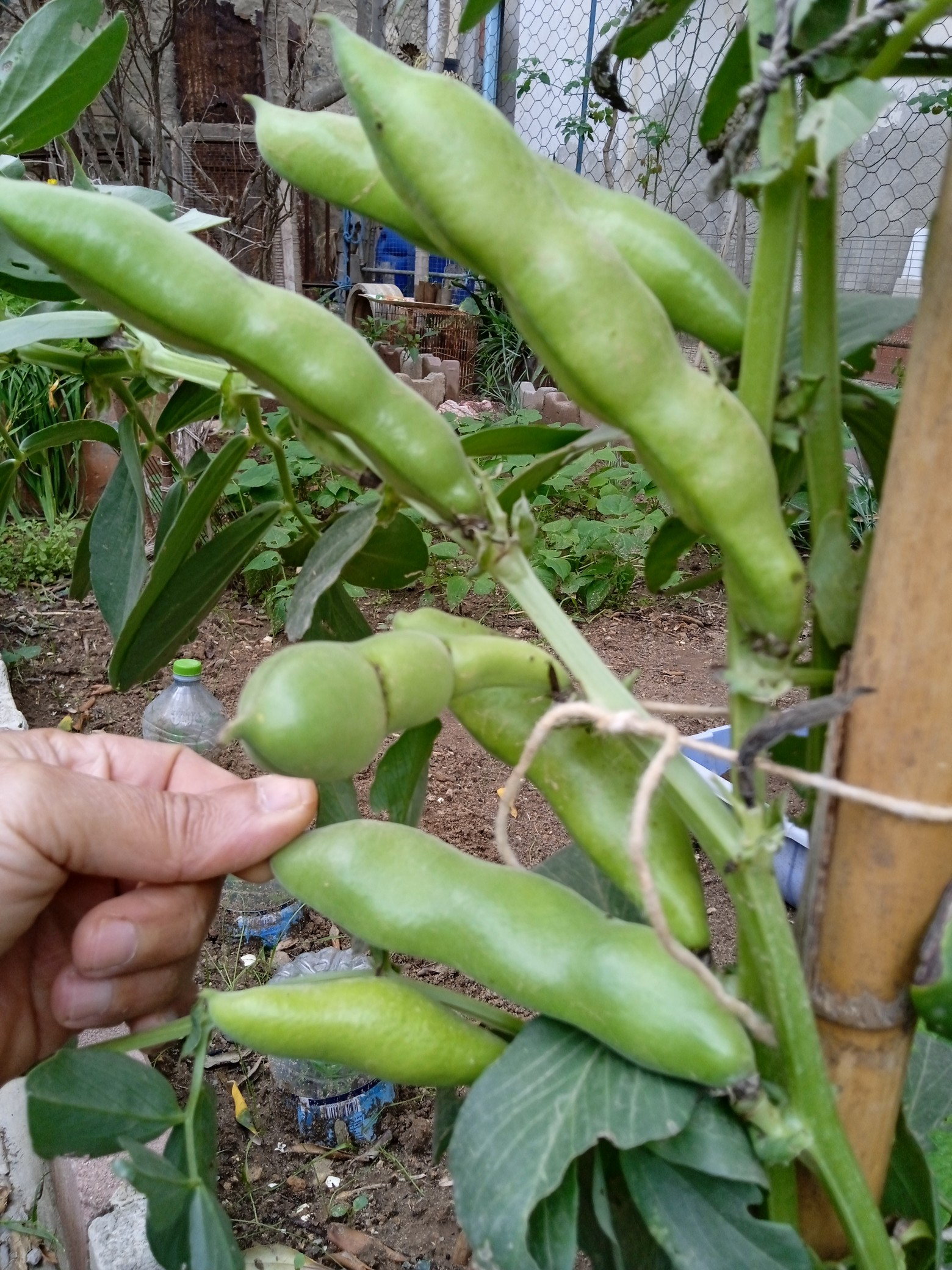


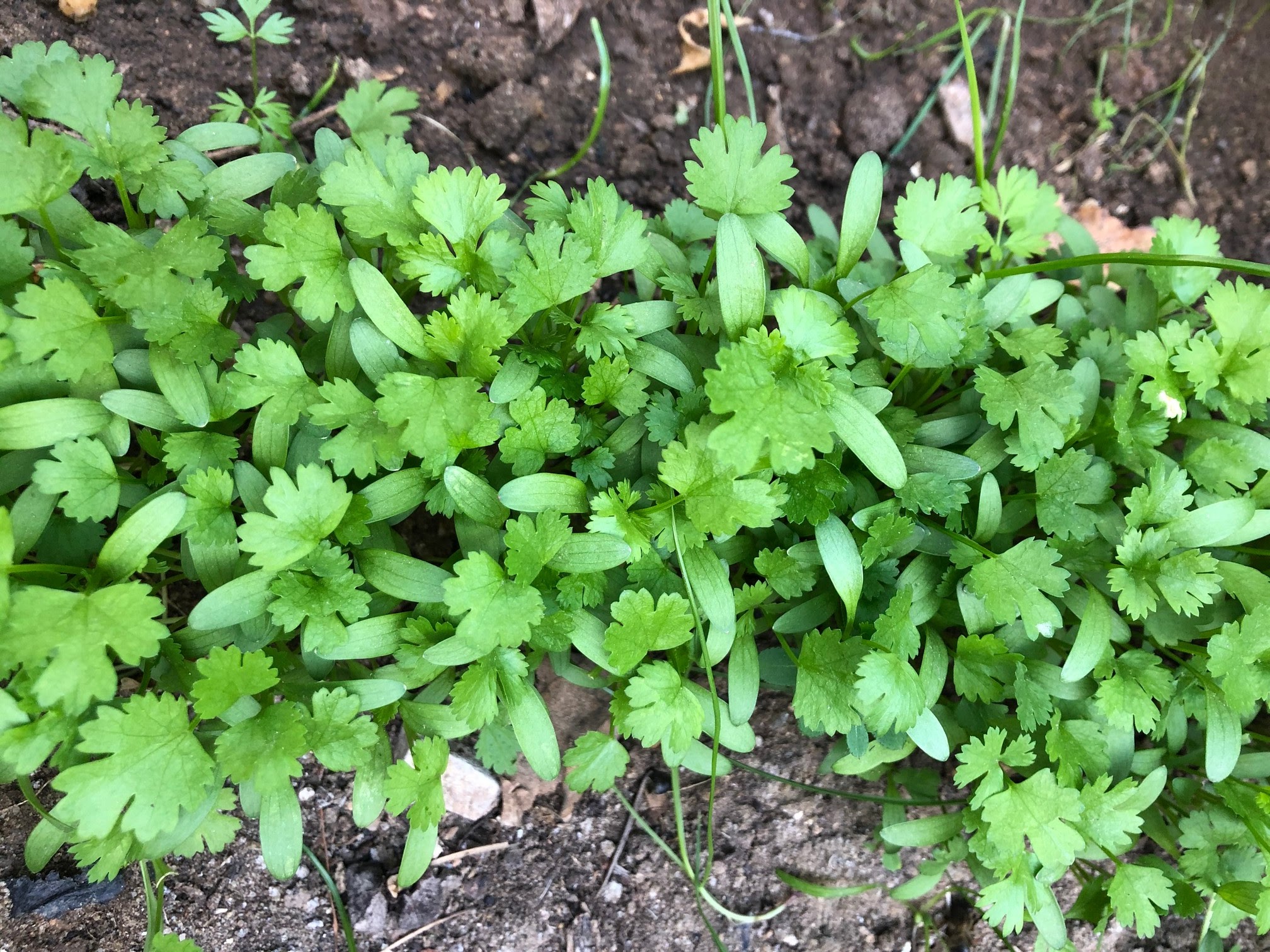
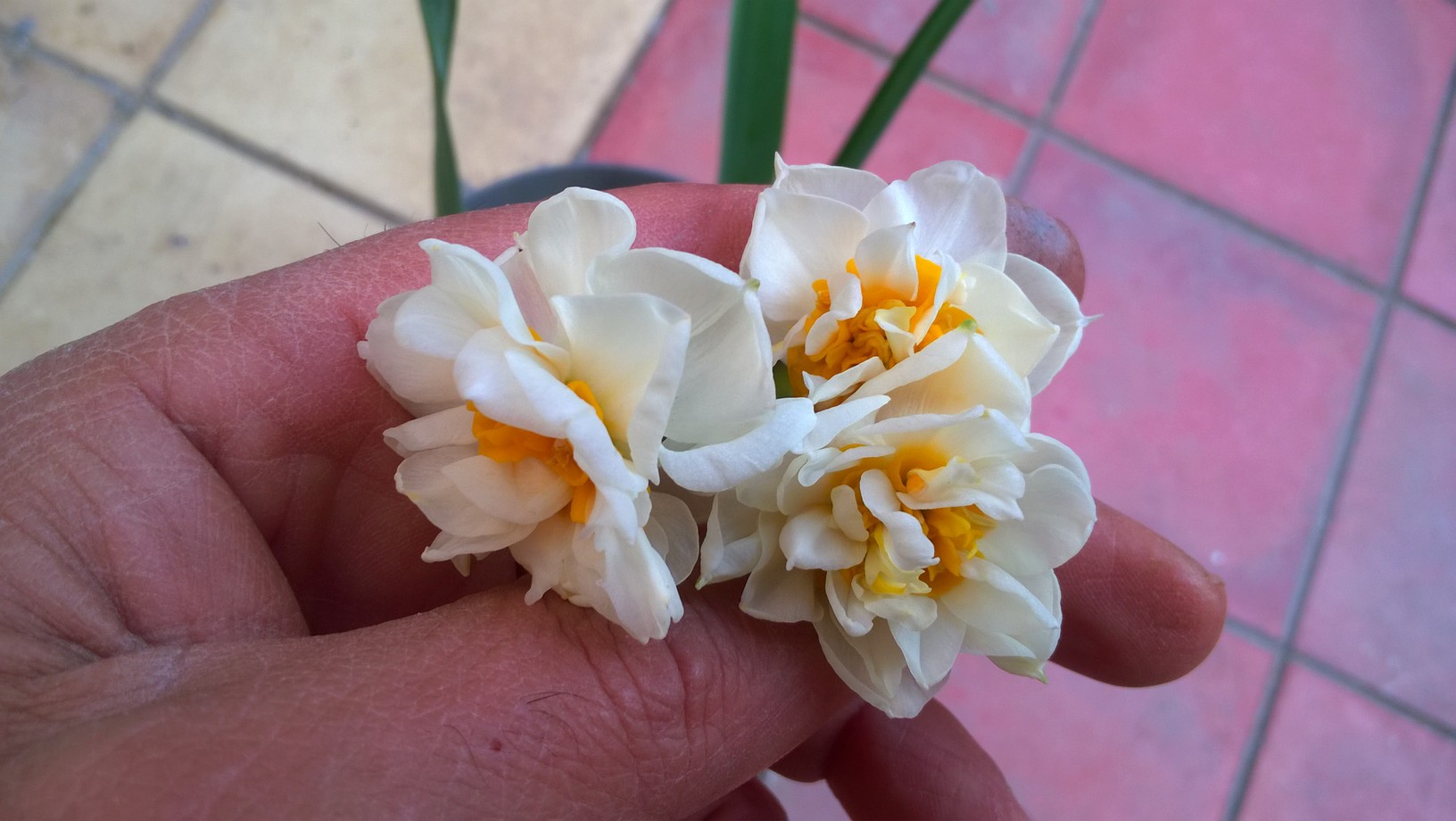
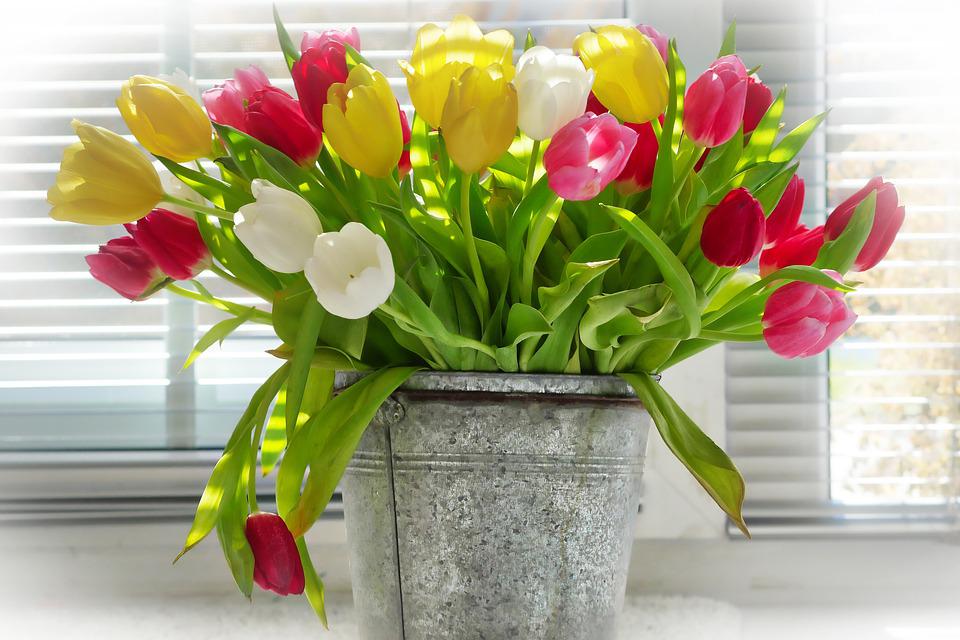







This guide is very helpful for many people. Keep doing Nice work. nextechrepair
ReplyDelete